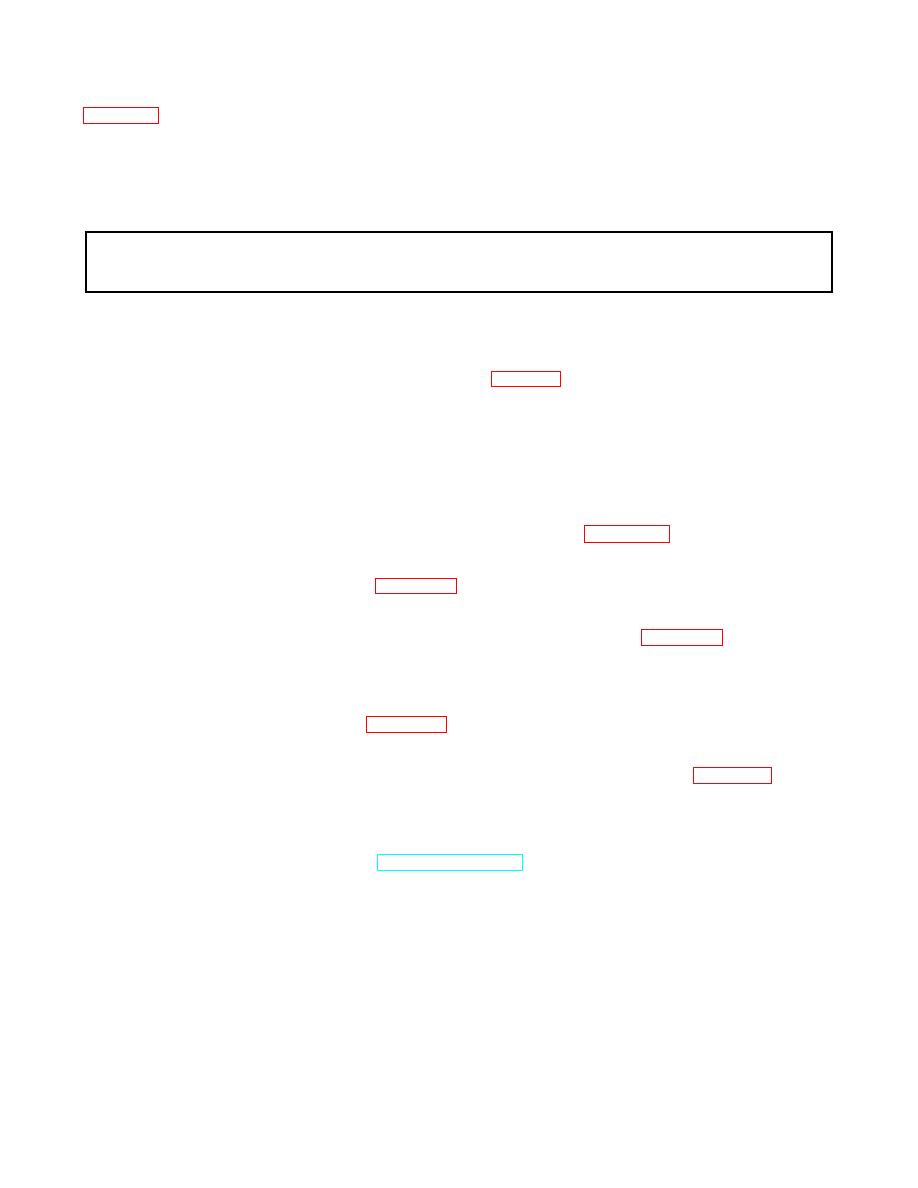
| Tweet |

Custom Search
|
|

|
||
 TM 55-1905-223-24-1
Table 2-2 lists the common fault conditions that may be found during operation or maintenance of the
equipment. Look for causes and do corrective actions in the order listed. This manual cannot list every
symptom that may show up, and it cannot list all of the possible causes and corrective actions. If a symptom is
not listed, or if it keeps up after you have performed the corrective actions, notify your supervisor.
Table 2-2. Troubleshooting
MALFUNCTION
TEST OR INSPECTION
CORRECTIVE ACTION
1. Coolant Temperature Above Normal.
STEP 1.
Check for low coolant level.
Add coolant. Check for leaks. (Refer to PMCS, Table 2-1, Item 2.)
STEP 2.
Check for air in the cooling system.
Bleed off air from system.
STEP 3.
Check for incorrect or malfunctioning pressure cap.
Change pressure cap.
STEP 4.
Check for overconcentration of antifreeze and/or supplemental coolant additives.
Check concentration. Use DCA coolant checking kit, Item 14, Appendix C.
STEP 5.
Check if water pump malfunctioning.
Replace water pump. Refer to para. 2-23.
STEP 6.
Check if temperature gauge/sensor malfunctioning.
Test against units of known accuracy. Replace if necessary. Refer to para. 2-15.
2. Coolant Temperature Below Normal.
STEP 1.
Check for incorrect or malfunctioning thermostat.
Change thermostat. Refer to para. 2-17.
STEP 2.
Check for temperature gauge/sensor malfunctoning.
i
Test gauge against a unit of known accuracy. Replace if necessary. Refer to para. 2-15.
3. Coolant Loss (Overflow).
STEP 1.
Inspect for dirt, scale, or sludge in the system.
Clean cooling system. Refer to TB 55-1900-207-24.
STEP 2.
Check for coolant frozen due to incorrect antifreeze concentration.
Check coolant antifreeze concentration. (See Item 1, Step 4).
STEP 3.
Check if engine overheating.
Refer to "Coolant Temperature Above Normal," Malfunction 1.
2-23
|
||
 |
||